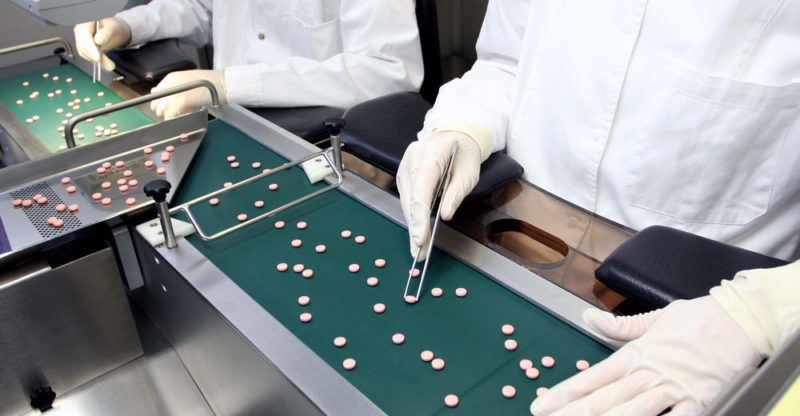We explain what the manufacturing industry is and how it is classified. In addition, its characteristics and the environmental impact it generates.
What is the manufacturing industry?
The manufacturing industry is one that is exclusively dedicated to the transformation of raw materials into final consumer goods , ready for direct marketing or through distributors who bring them closer to their various target audiences.
For this reason it is considered part of the secondary sector of the economy of a country , since the primary sector is precisely in charge of obtaining and processing raw material in its raw state. The manufacturing or manufacturing industry, on the other hand, is dedicated to obtaining products made through complex processes of industrialization and mass production.
Characteristics of the manufacturing industry :
Manufacturing meaning
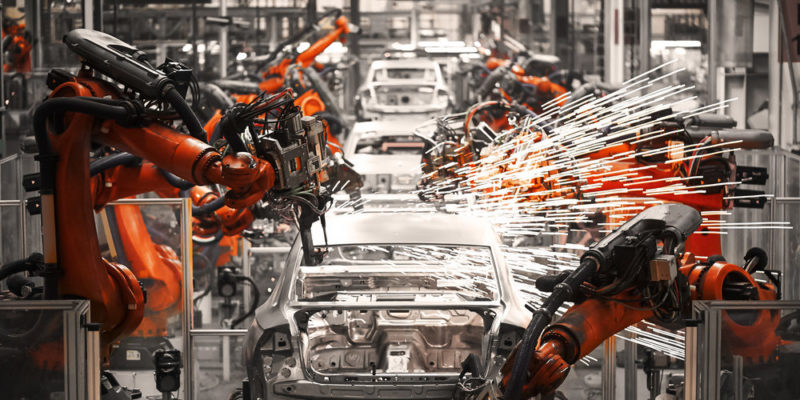
The word manufacturing comes from the union of two Latin words: manus (hand) and factus (made, elaborated). Hence, its original concept was in reference to manual work, characteristic of capitalism prior to the Industrial Revolution , which is distinguished from artisan work in that it employed many people working with their hands, to mass the production of consumer goods .
However, applied to the contemporary industrial context, the term refers to the process of transforming raw materials into large-scale manufactured goods, using machines and energy sources instead of manual work . This displacement of the meaning of the word has relegated those who still employ manual labor to take over the term “artisan” in turn.
Main items
Product variety is one of the powers of the manufacturing industry. His most common areas of interest are: food goods, textile production, manufacture of machinery and electronic equipment, production of paper , chemical products and drugs, metal utensils, plastics , wood and intermediate goods for other industries.
Types of manufacturing industry

According to its positioning as a link in the goods production chain, we can establish four types of manufacturing industry:
- Traditional. Convert raw material into ready-to-eat products.
- Intermediate. They produce semi-finished goods to feed other types of manufacturing.
- Mechanical. Its final product are tools and machinery essential to undertake industrial processes of other types.
- Residuals. They use industrial surpluses from other processes as raw material and generate by-products with them.
Brief history of the industry
Between the second half of the eighteenth century and the beginning of the nineteenth , the Industrial Revolution took place in the West , promoting endless changes in the scientific and especially technological order, whose impact on socioeconomic life was such that it altered processes forever. production and consumption.The Industrial Revolution replaced the manual labor methods of the time with the modern factory and later mechanized industry, the cornerstone of today’s mass production of goods. The great symbol of this period is, in fact, the railroad, which made it possible to move merchandise over great distances in a short time.
Manufacturing versus services
Some argue that the manufacturing industry, as a producer of goods, is part of the wealth-generating sector of an economy ; while the service sector tends rather consume this wealth, exchanging it for effects that exhaust themselves.
An important source of employment
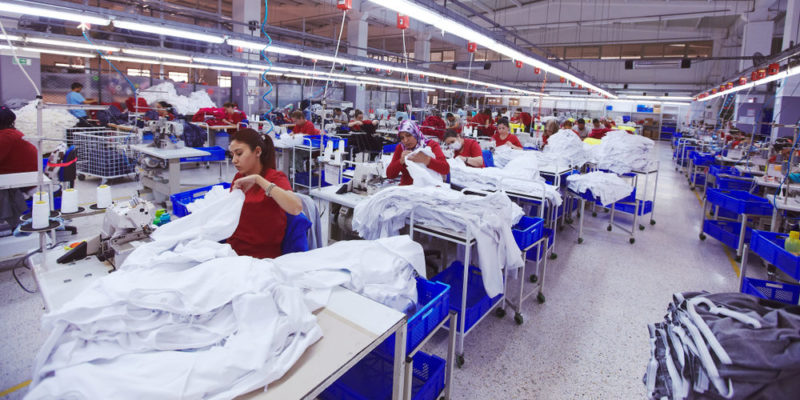
In today’s hyper-technological society, this industry plays a vital role as an important source of employment in a world whose population continues to grow.According to the United Nations Organization’s Industrial Development Report, in 2013 one in six people worked in the area, for a world total of jobs of almost 500 million workers . Not counting the possible demand for services for and around industrial processes.
A mainly urban process
In its initial stages of development, the manufacturing industry takes root almost exclusively in the urban context , thus minimizing the distance between the place of gestation of the product and its consumers , as well as that between the workers’ home and the factory.
On the other hand, once the full industrial process is established, manufacturing companies are usually located on land of more economic value or that represent a lower environmental impact on urban life, thus tending to a certain geographical dispersion.
Political distinctions
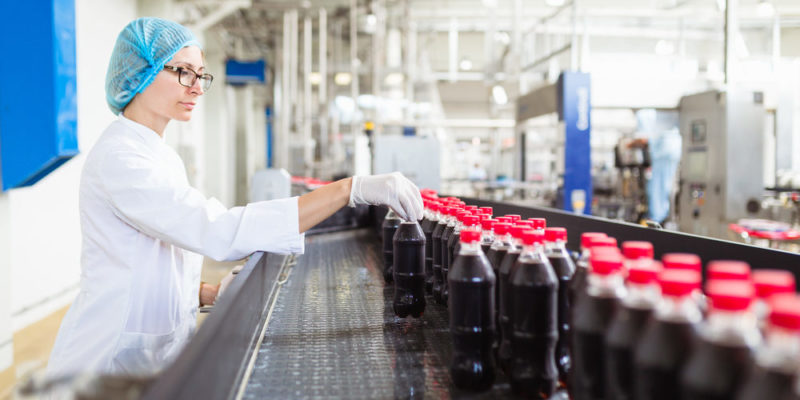
Like so many other things, the mode of operation of the manufacturing industry is governed by its political platform . Under a capitalist regime, free enterprise and the market direct the mass production of goods towards an expectant society of consumers (consumer society).In attempts to socialism real, however, aspire to a mode of production committed with the specific needs of the people, the industry went from government agencies of planning that privileged heavy industry over consumer goods.
Dependence on the raw material market
One of the main challenges of the manufacturing industry is its constant need to receive raw material , which makes it highly dependent on its price in national and international markets.
Environmental impact
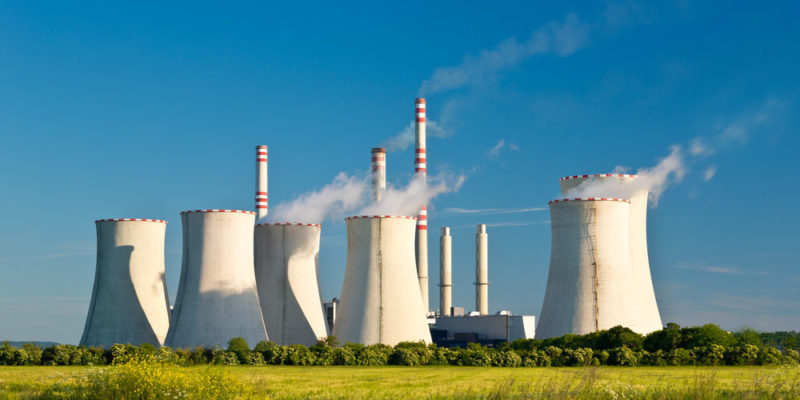
Another disadvantage of this type of industry, although in the reality of the industry as a whole, is its marked tendency to damage the environment through the release of toxic or polluting substances, in liquid, solid or gaseous form, which without due Processing can destroy entire ecosystems and inflict severe damage on the health of both consumers and workers.
The above content published at Collaborative Research Group is for informational and educational purposes only and has been developed by referring to reliable sources and recommendations from technology experts. We do not have any contact with official entities nor do we intend to replace the information that they emit.
